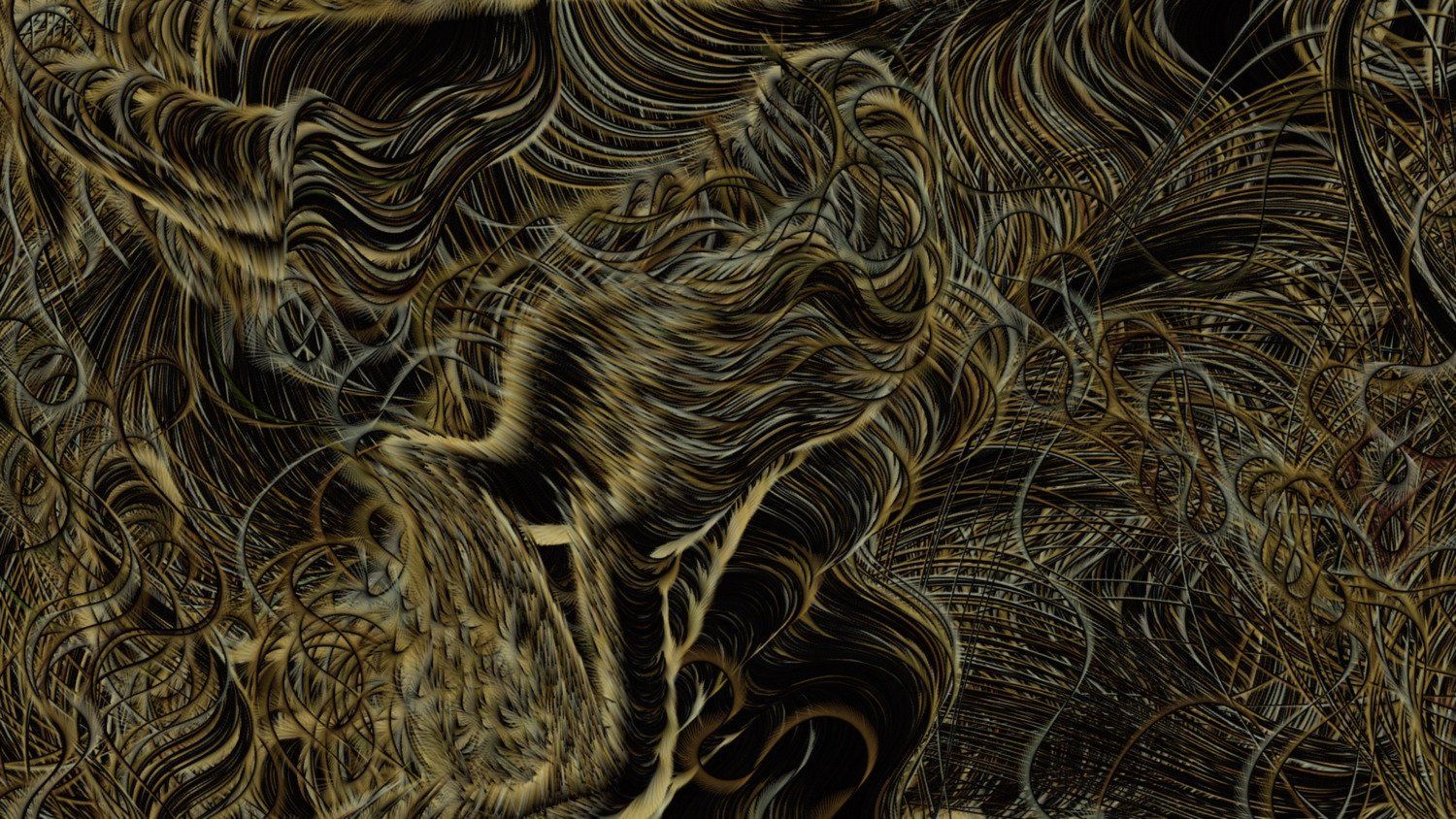sketch// Ana Furtado
// Section E
var noseSize = 20;
var r = 139;
var g = 69;
var b = 19; // r g b is going to be randomlly
//generating blues for corneas when mouse is pressed
var a = 105; // y of more hair left strand 1
var b = 105; // y of more hair left strand 2
var x = 405; //y of more hair right strand 1
var y = 405; //y of more hair right strand 2
var eyeLeft = 190;
var eyeRight = 290;
function setup() {
createCanvas(480, 640);
background(255, 210, 223); // pink
}
function draw() {
stroke(84, 18, 18); // reddish brown
strokeWeight(30);
line(175, 160, 120, 620); // back hair left
line(175, 160, 155, 620);
line(305, 160, 365, 620); // back hair right
line(305, 160, 315, 620);
stroke(0, 0, 0); // black
strokeWeight(1);
fill(0, 206, 209); // light blue
ellipse(140, 330, 30, 30); // earrings
ellipse(340, 330, 30, 30);
fill(255, 228, 196); // skin
ellipse(240, 540, 75, 400); // neck
fill(255, 228, 196); // skin
ellipse(240, 320, 200, 400); // face
fill(255, 255, 255); // white
ellipse(190, 270, 50, 100); // left eye
ellipse(290, 270, 50, 100); // right eye
fill(r, g, b); // brown
ellipse(190, 270, 25, 50); // left cornea
ellipse(290, 270, 25, 50); // right cornea
fill(0);
ellipse(eyeLeft, 270, 10, 20); // left pupil
ellipse(eyeRight, 270, 10, 20); // right pupil
fill(255, 228, 196); // skin
circle(240, 320, noseSize, noseSize); // nose
//line(190, 200, 190, 125);
//line(210, 200, 210, 125);
fill(220, 20, 60); // red
ellipse(240, 420, 110, 50) // mouth
line(185, 420, 295, 420);
stroke(84, 18, 18); // reddish brown
strokeWeight(1);
fill(84, 18, 18); // reddish brown
ellipse(240, 160, 150, 80); // hair top
strokeWeight(10);
line(160, 160, 90, 620); // hair left
line(160, 160, 115, 620);
line(160, 160, a, 620);
line(160, 160, b, 620);
line(310, 160, 415, 620); // hair right
line(310, 160, 390, 620);
line(310, 160, x, 620);
line(310, 160, y, 620);
noStroke();
fill(r, g, b); // bow
ellipse(305, 150, 20);
ellipse(325, 150, 20);
}
function mousePressed() {
// when the user clicks, these variables are reassigned
// to random values within specified ranges. For example,
// 'noseSize' gets a random value between 10 and 30.
// eye color changes as bow color changes to match
// more left and right hair
// left and right pupils move
noseSize = random(10, 30);
r = random(0, 100);
g = random(0, 250);
b = random(200, 250);
a = random(0, 175);
b = random(0, 175);
x = random(305,620);
y = random(305,620);
eyeLeft = random(177.5, 202.5);
eyeRight = random(277.5, 302.5);
}
I started with the same proportions as the face for project 1. I modified it by changing the eye color, hair, and adding a bow. The pupils also move at the press of the mouse. The most challenging part was to get the pupils to move and understanding the difference between mouseIsPressed and mousePressed in practice.

![[OLD SEMESTER] 15-104 • Introduction to Computing for Creative Practice](../../../../wp-content/uploads/2023/09/stop-banner.png)



